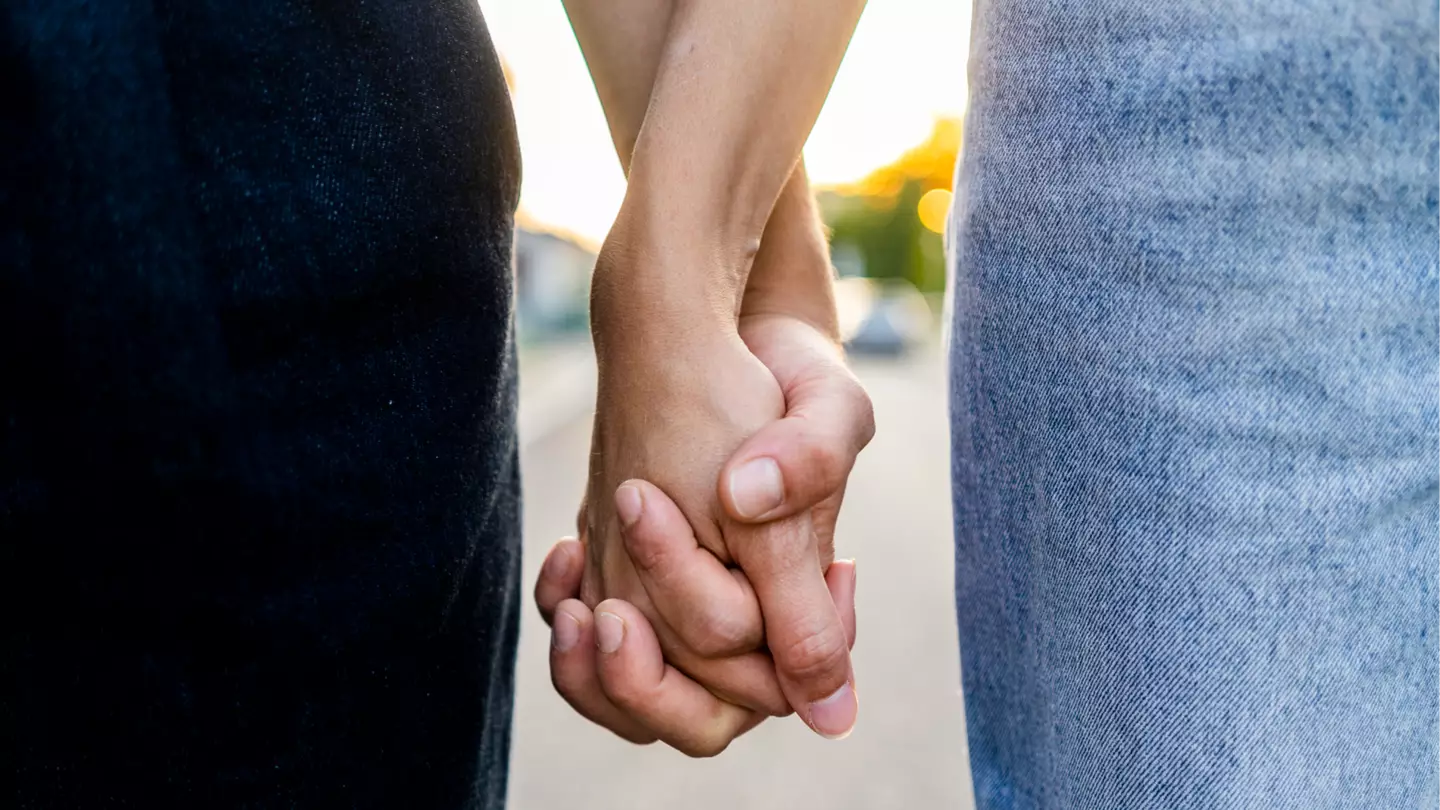
Featured Image Credit: Getty Stock Images
Topics: LGBTQ, Science, News, Sex and Relationships

Topics: LGBTQ, Science, News, Sex and Relationships
Niamh Shackleton is an experienced journalist for UNILAD, specialising in topics including mental health and showbiz, as well as anything Henry Cavill and cat related. She has previously worked for OK! Magazine, Caters and Kennedy.
@niamhshackleton